
Enshrouded has been praised for its atmospheric world, rich survival mechanics, and tight integration of combat and crafting. However, beneath its haunting beauty and intricate gameplay loops lies a persistent thorn in the side of players: the weapon and tool durability system. While degradation mechanics can add realism and tension to survival games, Enshrouded’s implementation is often criticized for being overly punishing, immersion-breaking, and misaligned with the game’s core design philosophies.
This article dissects the durability system in Enshrouded—exploring how it works, where it fails, how it affects player experience, and what changes could elevate it to enhance rather than hinder gameplay.
The Durability System: How It Works
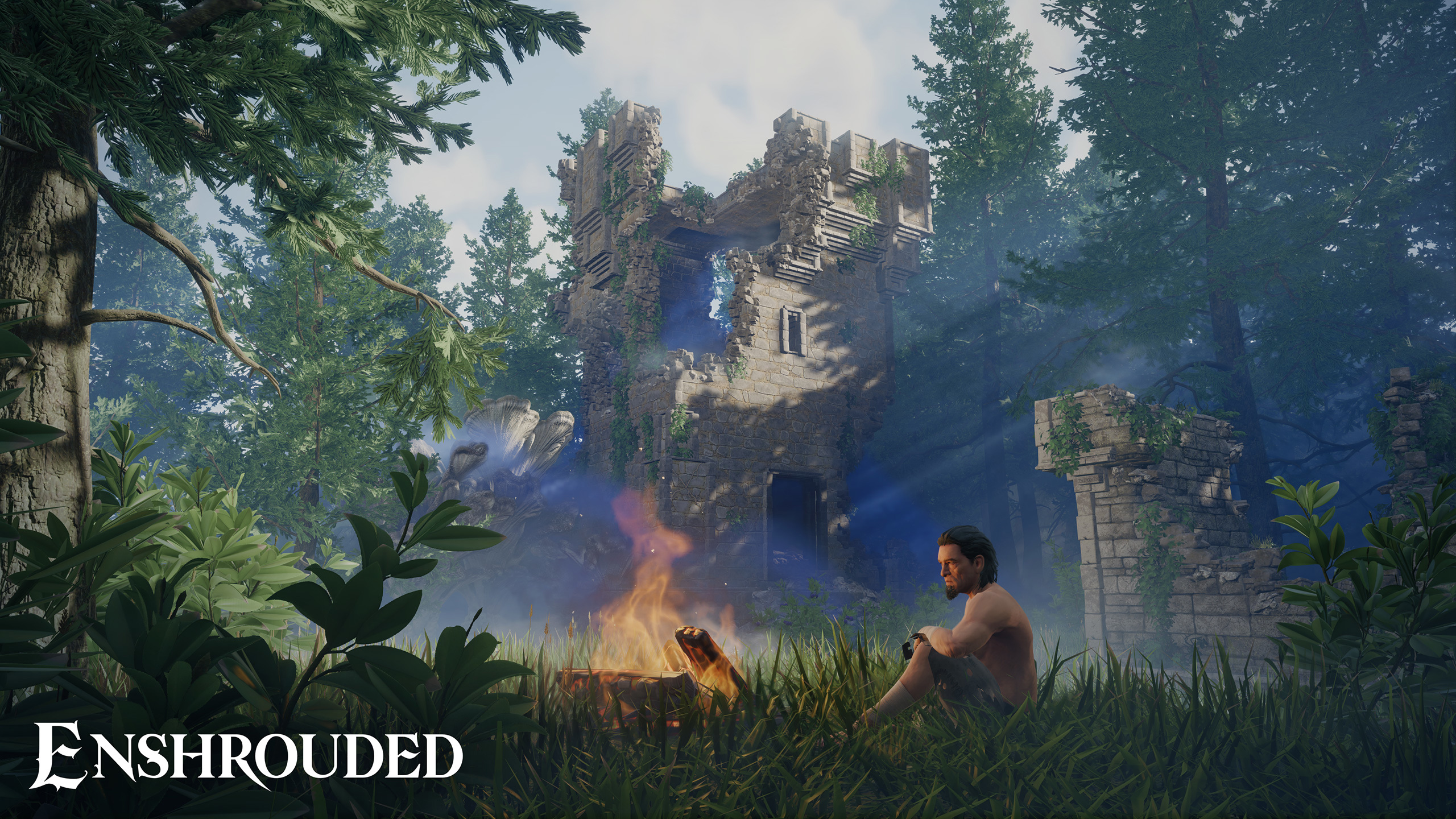
In Enshrouded, nearly every piece of equipment—including weapons, tools, and armor—comes with a durability stat. Each use of an item (attacking, blocking, mining, etc.) reduces its durability. Once the durability hits zero, the item breaks and becomes unusable until it is repaired at a workstation using materials and Flame resources.
Key components of the system include:
-
Item Durability Points: Each item starts with a fixed durability number.
-
Rate of Degradation: Different actions wear items down at different rates; combat is especially taxing.
-
Repair System: Players must return to a Flame Altar or Crafting Station to repair gear, often requiring rare resources.
-
No On-the-Fly Repairs: Players cannot repair items in the field, meaning a broken weapon mid-fight can leave them defenseless.
At first glance, this system encourages strategic equipment use, material gathering, and base-building. However, problems arise in how it scales with progression and the frequency at which it disrupts gameplay loops.
Why Durability Feels Oppressive Instead of Strategic
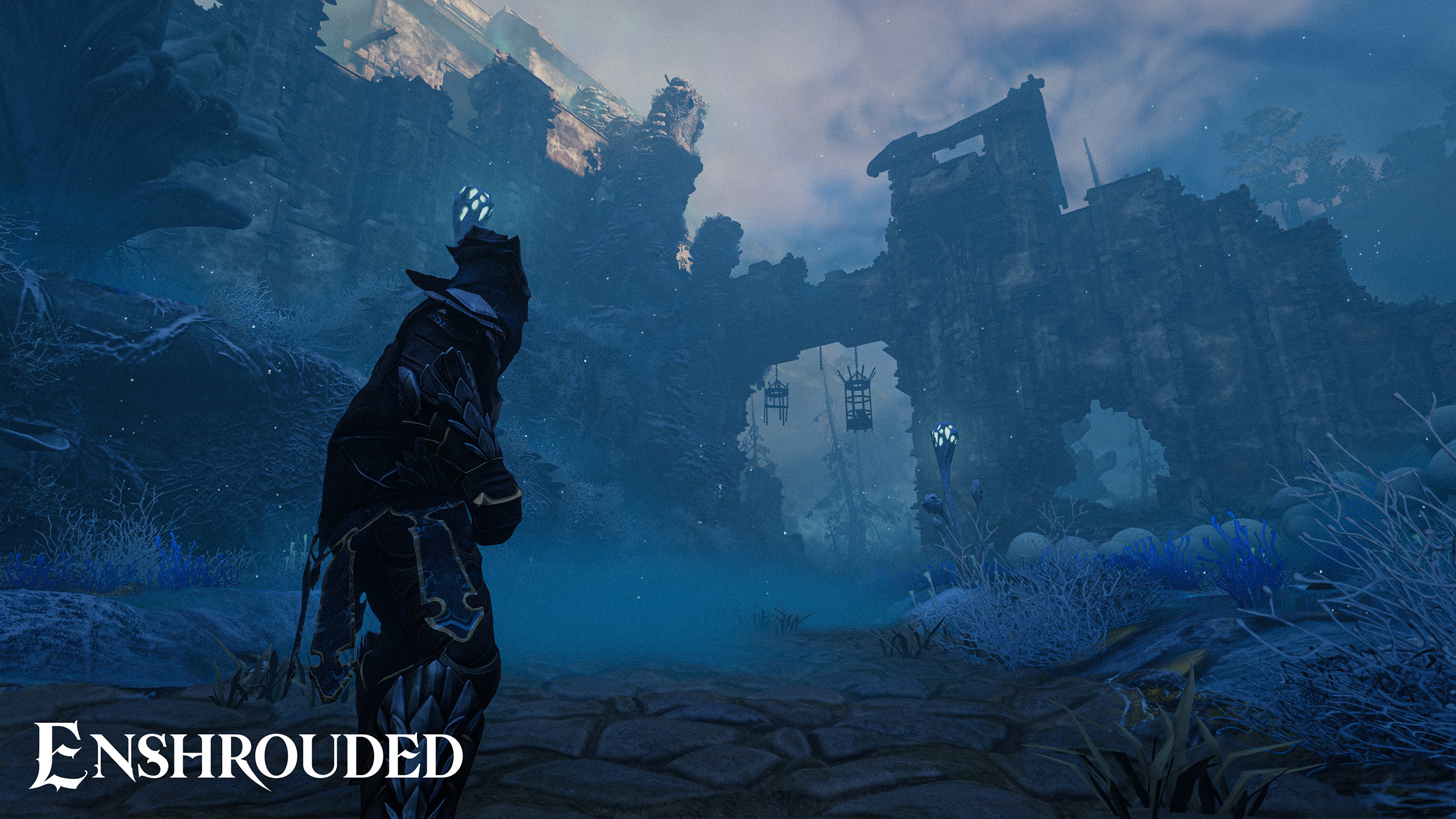
1. Poor Scaling Across Game Progression
In early-game Enshrouded, where resources are scarce, the durability mechanic introduces survival pressure that fits the tone: conserving gear, deciding which enemy to engage, and making tough calls about returning to base.
However, this tension doesn’t evolve. Even in mid- to late-game, when the player has better equipment and is encouraged to explore deeper parts of the Shroud, durability remains a looming issue. High-tier weapons and tools still break frequently, with repair costs scaling disproportionately. Instead of rewarding progression, the game continues to punish extended exploration by forcing players back to base.
For example:
-
A legendary-tier axe may only last through two full mining runs before requiring repair.
-
Flame Altar upgrades become a bottleneck due to repair resource requirements, not combat or exploration challenges.
This stagnation erodes the excitement of gear upgrades. Players do not feel more powerful or independent—just more burdened by maintenance.
2. Inventory Disruption and Loadout Clutter
Because items break quickly and irreparably in the field, savvy players preemptively carry backup tools and weapons. This leads to bloated inventories filled not with exciting loot, but with redundancy.
A typical loadout by mid-game might include:
-
Primary melee weapon
-
Secondary melee weapon (backup)
-
Primary ranged weapon
-
Secondary ranged weapon (backup)
-
Mining pick (and a backup)
-
Woodcutting axe (and a backup)
This burden:
-
Disincentivizes looting, as there’s often no space for new items.
-
Contradicts the minimalistic survival aesthetic.
-
Forces the player to spend more time managing gear than enjoying exploration.
Games like The Legend of Zelda: Breath of the Wild allow for weapon breakage but balance it with abundant replacements and quick swapping. Enshrouded, by contrast, turns every item break into a logistical headache.
3. Encourages Risk-Averse Behavior
Instead of encouraging adventurous exploration, the degradation system trains players to be overly cautious. The risk of breaking a vital tool in the middle of the Shroud discourages long expeditions, despite the game heavily rewarding map exploration.
Players often:
-
Avoid prolonged fights, especially against Shroud enemies, for fear of overusing weapons.
-
Return to base more frequently than necessary just to repair gear.
-
Skip side-dungeons or optional mini-bosses because of wear concerns.
This is particularly problematic because Enshrouded thrives when players engage in emergent gameplay—chasing mysteries into the fog, uncovering ruins, or surviving harsh weather. The durability system artificially reins in these moments.
Immersion vs. Interruption: A False Tradeoff
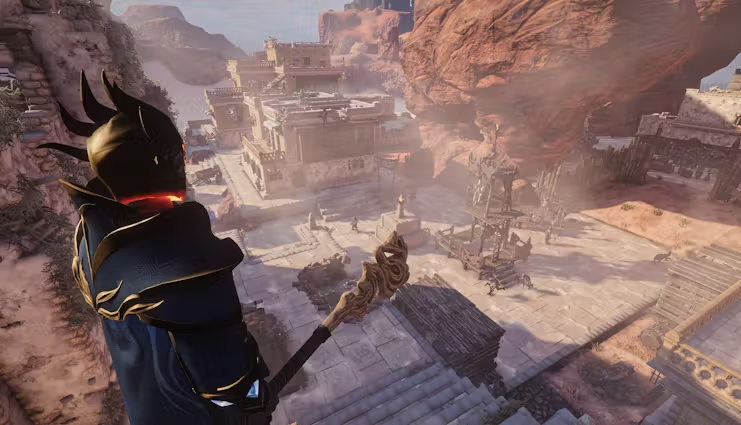
Proponents of the system argue it adds immersion and tension, creating stakes for every action. In theory, yes. But Enshrouded already has rich systems to create pressure: limited Shroud exposure time, environmental hazards, inventory weight limits, and enemy AI. Durability, instead of complementing these systems, often works against them.
Here’s an illustrative scenario:
A player ventures deep into a Shroud-infested valley to rescue a lost NPC. They've prepared potions, food, and gear. Midway through the rescue, their bow breaks—leaving them without a ranged option. A sword breaks in the ensuing panic. Surrounded and low on durability, they must retreat—not because they made poor choices, but because the system assumes every player will carry backups.
This isn’t tension; it’s interruption. The world doesn’t feel dangerous—it feels bureaucratic. Players aren’t managing survival; they’re juggling spreadsheets.
Material Economics: The Hidden Grind
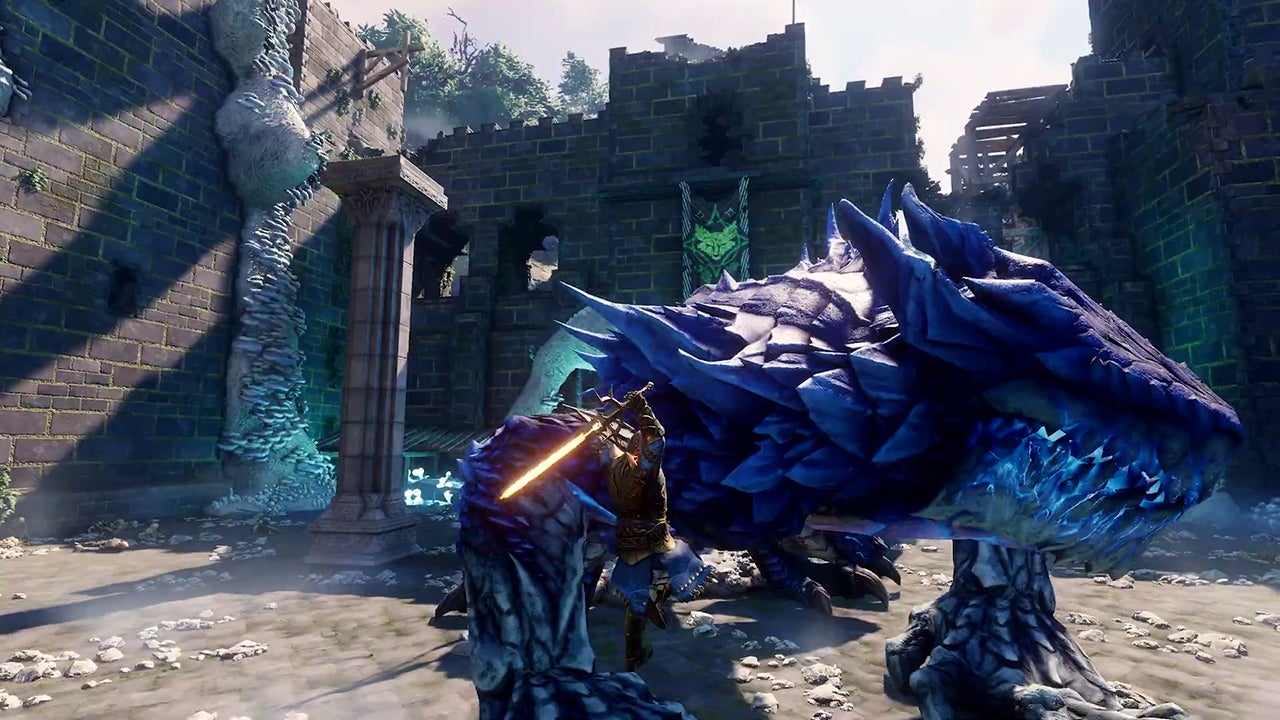
Repairing gear costs materials like metal shards, resin, and rare ores. While reasonable on paper, the frequency of repairs leads to a tedious loop:
-
Venture out for an objective.
-
Gear degrades or breaks.
-
Return to base for repair.
-
Realize you're short on resin or scrap.
-
Farm for those materials instead.
-
Finally repair—then start over.
What should be an immersive survival experience becomes a repetitive farming chore. Even with upgraded workstations or optimized builds, the economic drain from constant repairs eats away at gameplay variety.
Contradictions with Multiplayer Design

In co-op, the durability system’s flaws are magnified:
-
Group ventures often end prematurely when one member’s gear breaks.
-
Shared resources mean repair costs are multiplied across team members.
-
Inventory clutter from carrying backups is compounded in co-op, as looting is highly competitive.
Instead of feeling empowered by teamwork, players are frequently negotiating over whose gear needs fixing most urgently or whether the group should “just head back.” This is particularly jarring when trying to build momentum in shared exploration.
Lessons from Other Games

Many survival and RPG titles use durability mechanics—but the best ones do so with thoughtful design.
-
Valheim allows tools to break but lets players repair them freely at their base—no material cost, just time and return travel.
-
Dark Souls has weapon durability, but breaks are rare and usually tied to special enemy attacks—making it an occasional surprise rather than a regular nuisance.
-
7 Days to Die includes item degradation but balances it with modding systems that offset wear-and-tear.
Enshrouded tries to walk the line between these extremes but ends up combining the worst parts: frequent breaks (like 7 Days to Die) without the ease of repair (like Valheim) or mod-based mitigation (Dark Souls’ style of bypassing the system entirely).
Potential Solutions and Design Alternatives
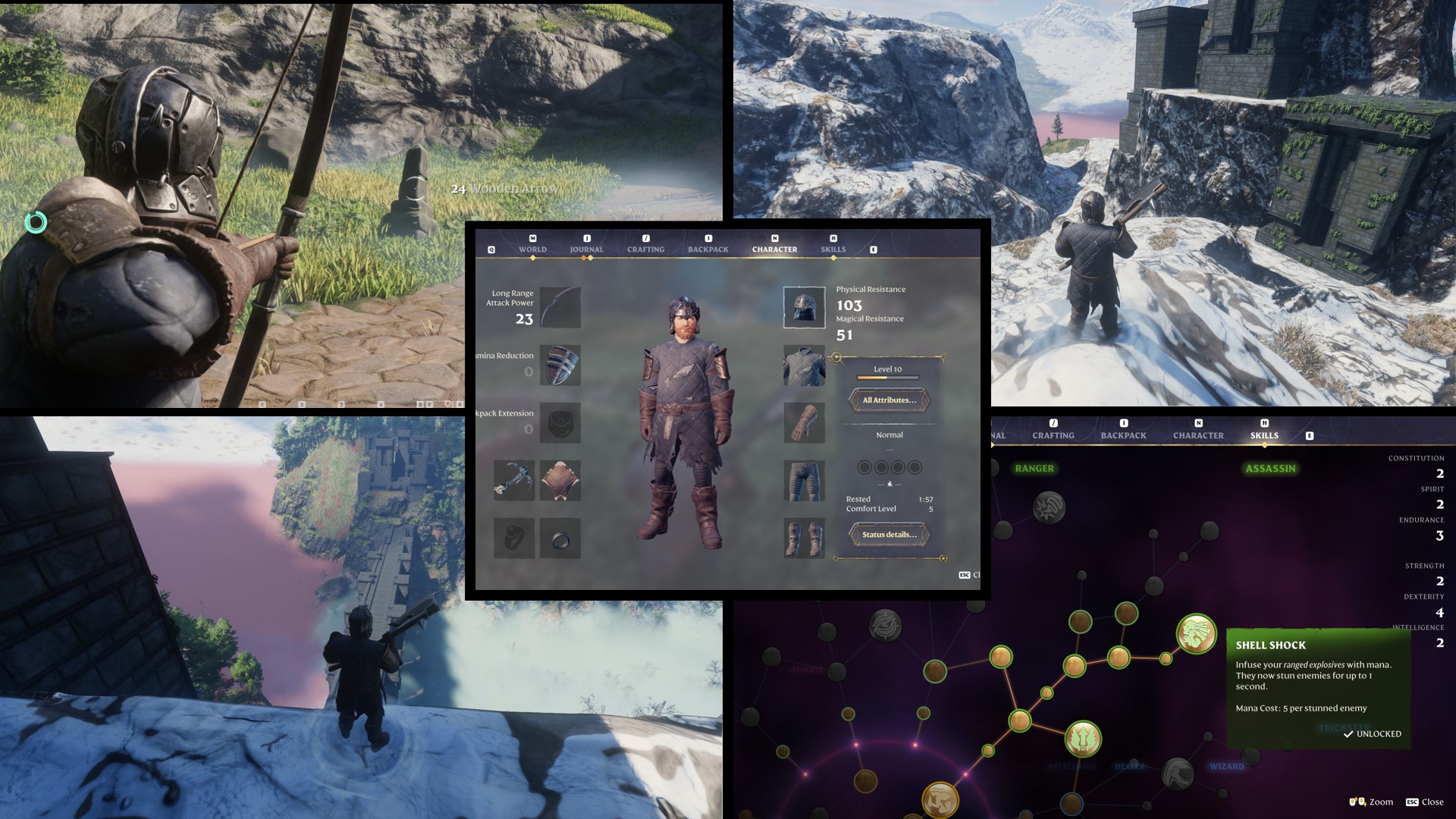
To make durability serve gameplay rather than hinder it, Enshrouded could explore the following adjustments:
1. Introduce On-the-Go Repairs
Allow limited-use repair kits for field repairs. These could be rare or crafted from Flame resources, giving players emergency options without trivializing base repairs.
2. Separate Tool and Weapon Durability
Mining axes and woodcutting tools should degrade independently of combat gear. This allows players to specialize their loadouts and reduces inventory bloat.
3. Reduce Repair Material Costs
Tie repairs primarily to Flame energy or time, not hard-to-farm materials. Alternatively, let Flame Altar upgrades reduce repair cost rates.
4. Add Durability Mods or Perks
Introduce passive upgrades—perhaps from NPCs or through crafting—that extend gear lifespan or reduce degradation from specific actions (e.g., “25% less mining wear” enchantments).
5. Make Legendary Gear More Resilient
If players earn high-tier gear, it should outlast common equipment. Add unique repair rules or passive resilience to rare items to reward progression.
Conclusion: A Game That Deserves Better Systems

Enshrouded is, at its heart, a game about discovery—of ancient ruins, dark secrets, and your own capacity for survival. Its haunting atmosphere, immersive world design, and rewarding combat loops offer players one of the most memorable survival experiences in recent years.
But the weapon and tool durability system, as it stands, detracts from that experience more than it adds. It doesn’t feel like a challenge to overcome but an obstacle that constantly interferes with the game’s best moments. For many, it becomes the primary reason to disengage from exploration, experimentation, and immersion.
In its quest for realism and resource tension, Enshrouded stumbles into tedium. Yet, the solution isn’t to remove durability—it’s to reimagine it as a mechanic that respects the player's time, progression, and desire for adventure.
If Enshrouded wants to be remembered not just for its beauty but its design brilliance, it must lift the weight of broken steel off the shoulders of its players—and let them explore the Shroud unshackled




























